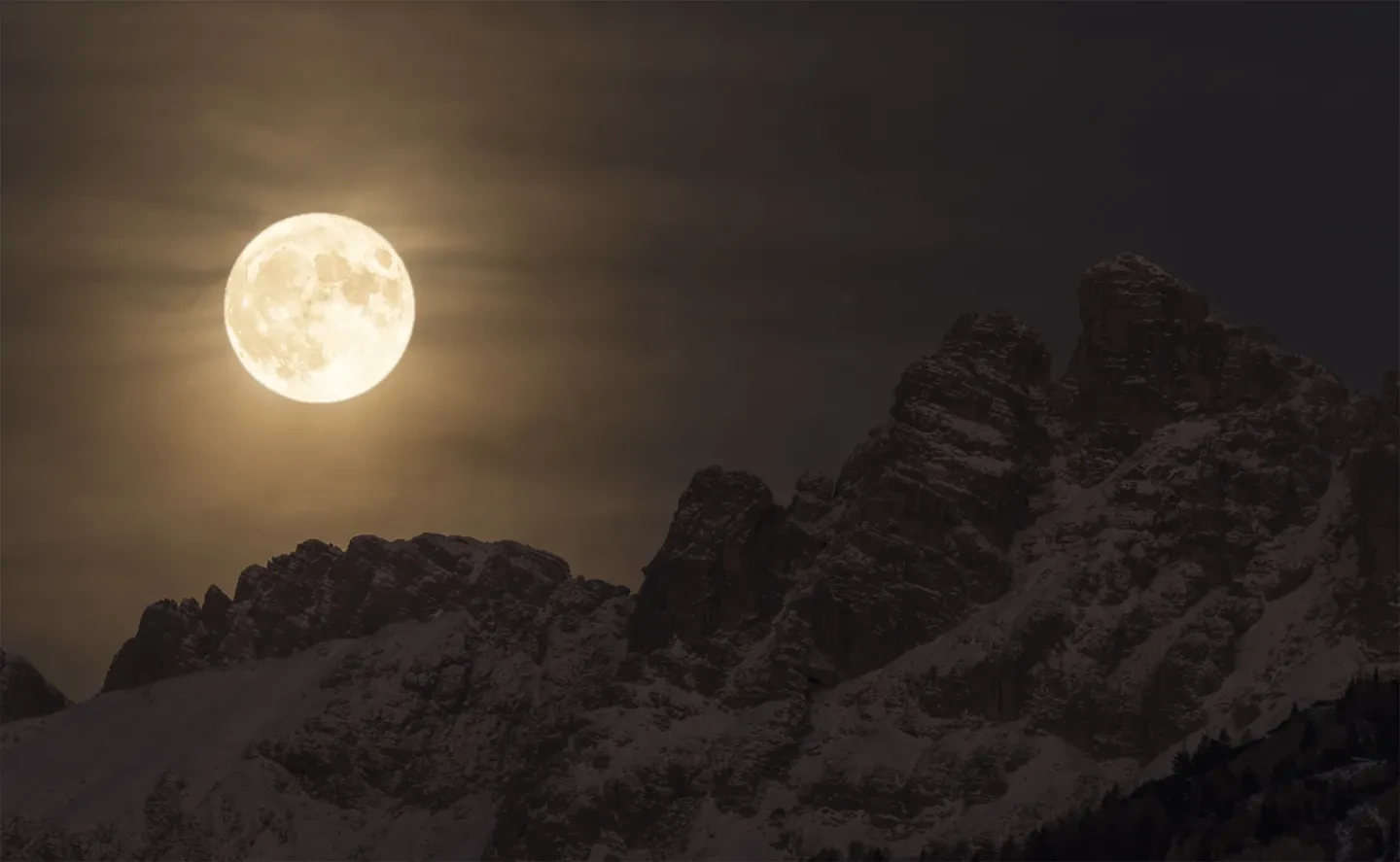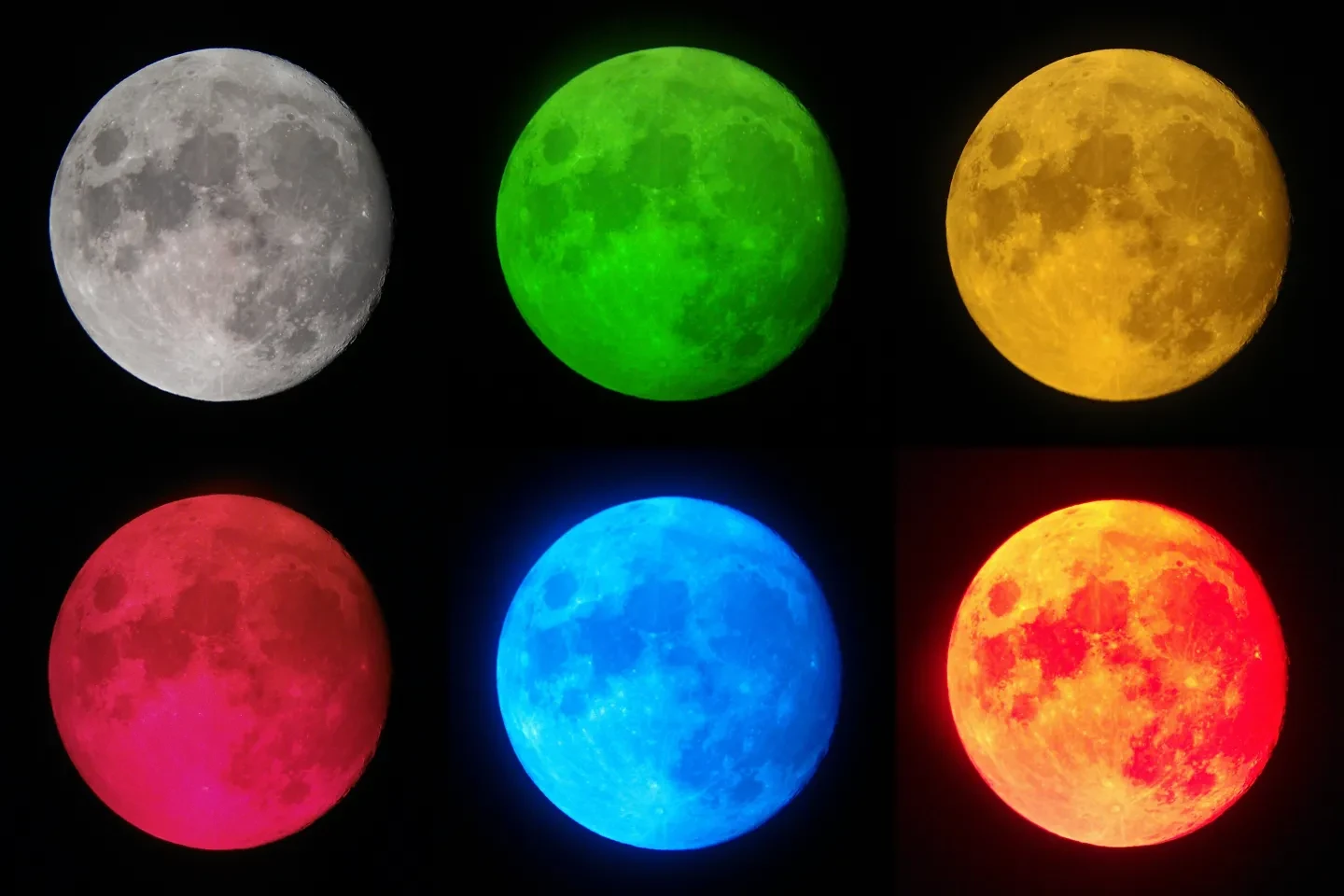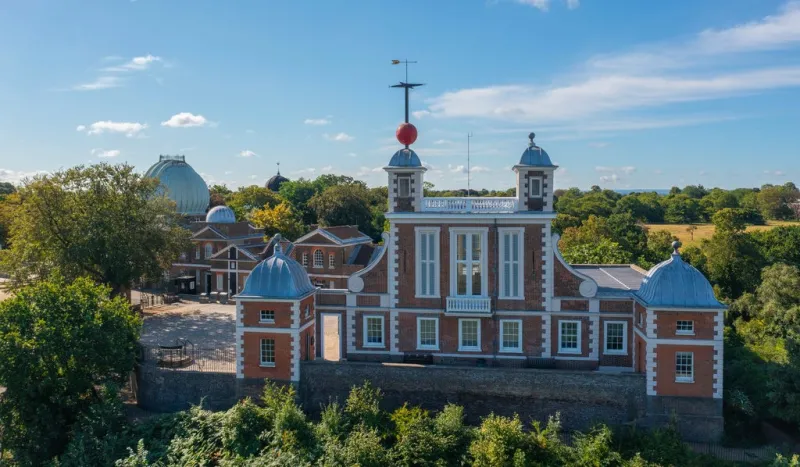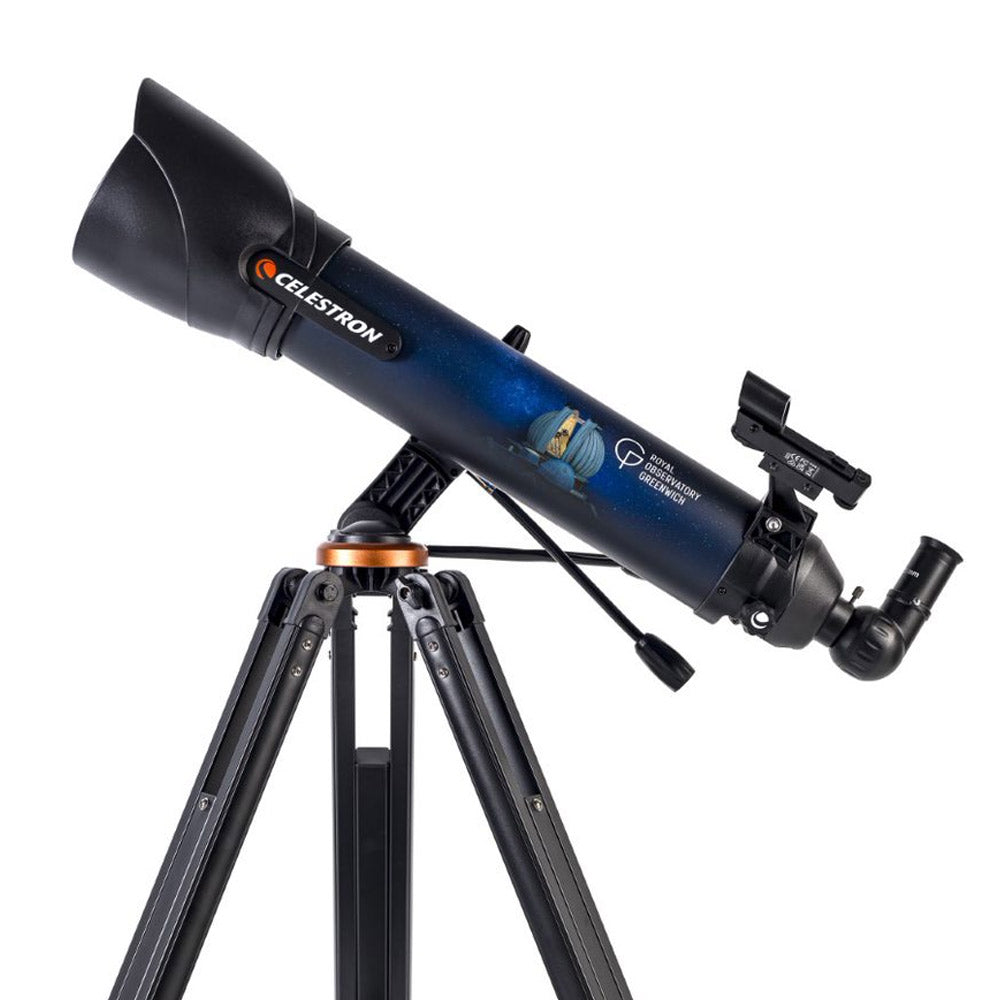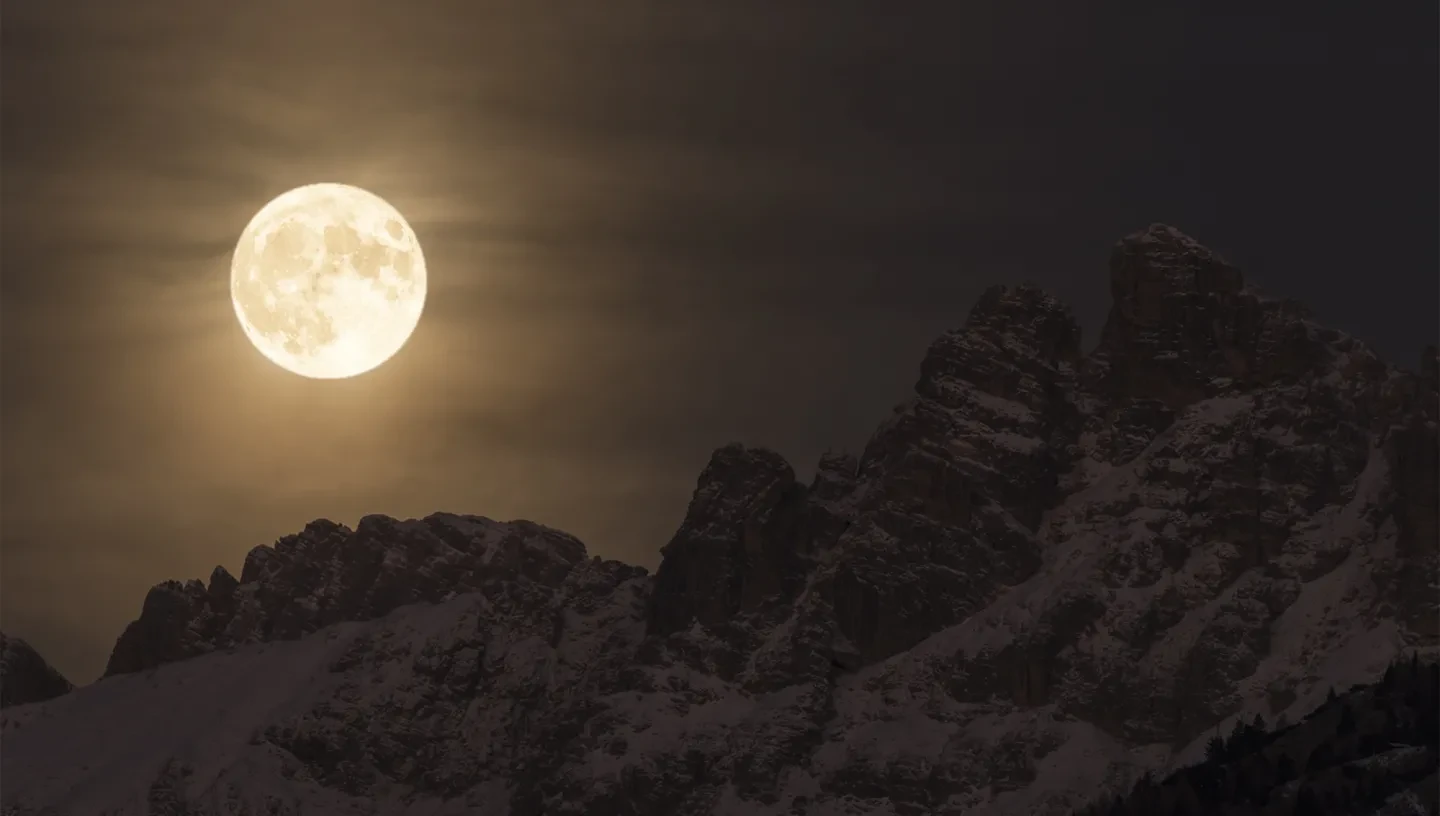
Astronomy Photographer of the Year photographers share their top facts about the Moon.
To see amazing photographs of the Moon and our solar system, visit the exhibition now.
1. The Moon is Earth's only permanent natural satellite
It is the fifth largest natural satellite in the Solar System, and the largest among planetary satellites relative to the size of the planet that it orbits.
2. The Moon is the second densest satellite
Among those whose densities are known anyway. The first densest is Jupiter's satellite Io.
3. The Moon always shows Earth the same face
The Moon is in synchronous rotation with Earth. Its near side is marked by large dark plains (volcanic ‘maria’) that fill the spaces between the bright ancient crustal highlands and the prominent impact craters. Learn more about the Moon's phases.
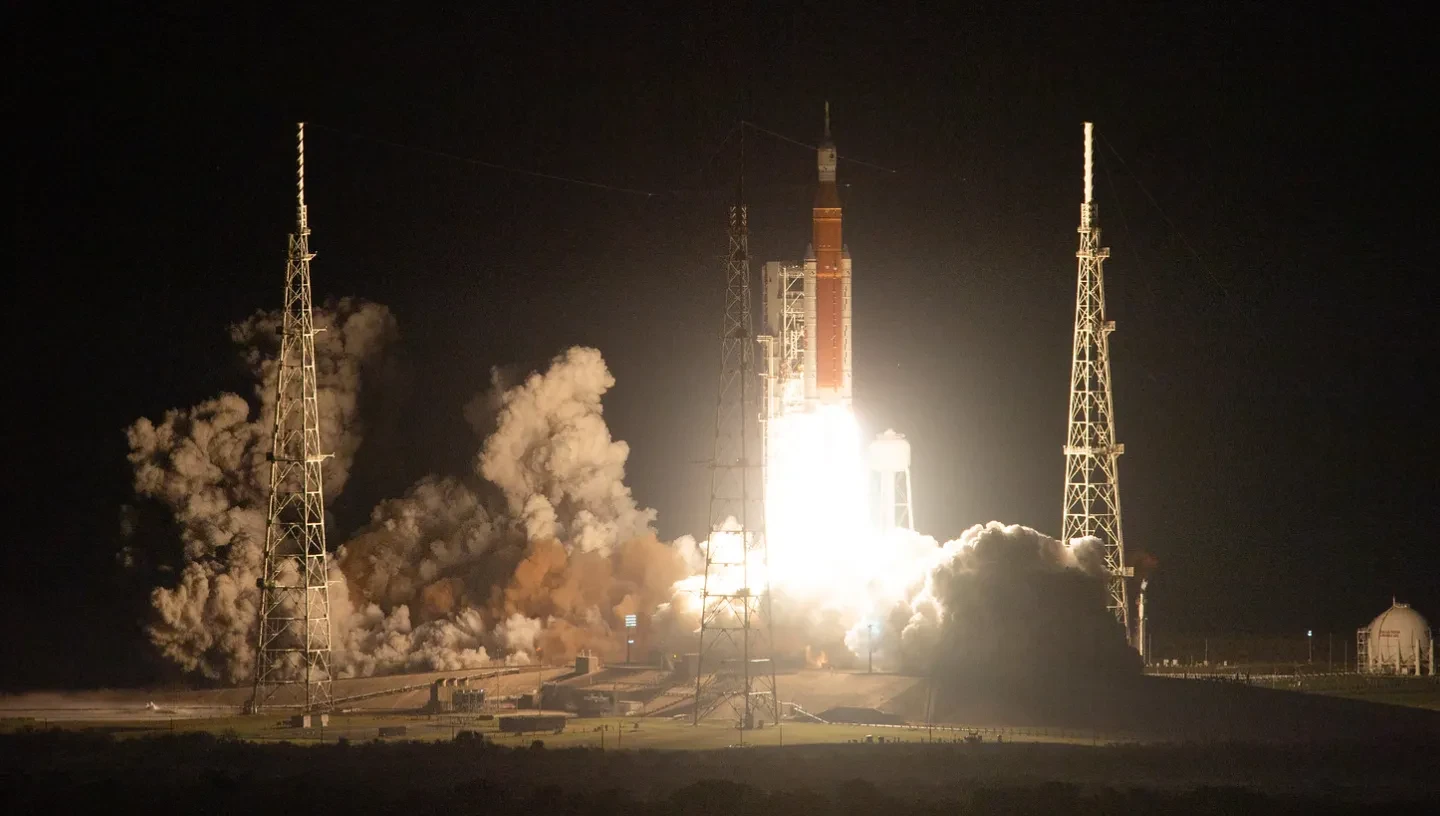
Back to the Moon
4. The Moon’s surface is actually dark
Although compared to the night sky it appears very bright, with a reflectance just slightly higher than that of worn asphalt. Its gravitational influence produces the ocean tides, body tides, and the slight lengthening of the day.
5. The Sun and the Moon are not the same size
From Earth, both the Sun and the Moon look about same size. In fact the Moon is 400 times smaller than the Sun, but also 400 times closer to Earth.
6. The Moon is drifting away from the Earth
The Moon is moving approximately 3.8 cm away from our planet every year.
7. The Moon was made when a rock smashed into Earth
The most widely-accepted explanation is that the Moon was created when a rock the size of Mars slammed into Earth, shortly after the solar system began forming about 4.5 billion years ago.
8. The Moon makes the Earth move as well as the tides
Everyone knows that the Moon is partly responsible for causing the tides of our oceans and seas on Earth, with the Sun also having an effect.
However, as the Moon orbits the Earth it also causes a tide of rock to rise and fall in the same way as it does with the water. The effect is not as dramatic as with the oceans, but nevertheless it is a measurable effect, with the solid surface of the Earth moving by several centimetres with each tide.
9. The Moon has quakes too
They're not called earthquakes but moonquakes. They are caused by the gravitational influence of the Earth. Unlike quakes on Earth that last only a few minutes at most, moonquakes can last up to half an hour. They are much weaker than earthquakes though.
10. There is water on the Moon!
This is in the form of ice trapped within dust and minerals on and under the surface. It has been detected on areas of the lunar surface that are in permanent shadow and are therefore very cold, enabling the ice to survive. The water on the Moon was likely delivered to the surface by comets.
Never miss a shooting star
Sign up to our space newsletter for exclusive astronomy highlights, night sky guides and out-of-this-world events.
